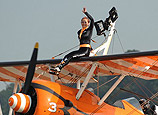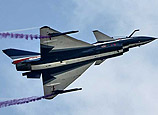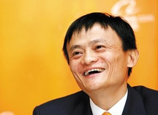
"Now most of the engines used by the People's Liberation Army air force are manufactured in China," he said, adding that in order to catch up with the latest and most advanced aviation engines, the AVIC has a plan that can be broken down into three phases.
"During the first phase, which will conclude by the end of 2015 if everything goes well, we will strive to ensure our air force's aircraft be equipped with proper engines and to lift our development capability to that of the developed countries' level in the 1980s. The second phase will witness us substantially narrowing the technological gap between developed countries and us. And by the end of the last phase, our engines will be as advanced as theirs."
"Aviation engine development combines a high concentration of various advanced technologies; therefore, only the five permanent members of the United Nations Security Council have the ability to develop aviation engines," said Li Fangyong, executive vice-president of Aviation Industry Corp of China.
"Developing aviation engines requests a nation to possess solid scientific and technological capabilities and a strong industrial manufacturing establishment. Unfortunately, China is comparatively weak in these regards."
Li said China failed to pay enough attention to the theoretical research of aviation engines in the past and it was not uncommon that only after a new aircraft had begun to be developed that the engine's development was hastily launched.
"We have also realized that although our investment is tremendous, it is far from sufficient, so we hope private businesses will engage in aviation engines' development," he said.
The development of a reliable engine needs a great number of experiments and tests that China was not able to conduct, according to Li. He attributed the problem to technological obstacles as well as the lack of adequate funding.
















 Heavy snowstorm wreaks havoc in NE China
Heavy snowstorm wreaks havoc in NE China


![]()
